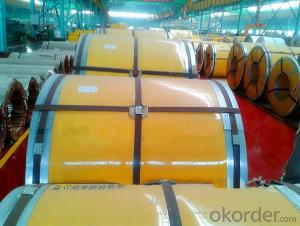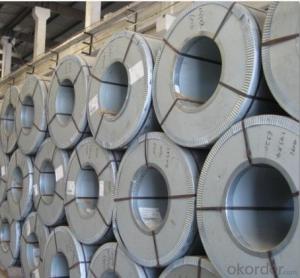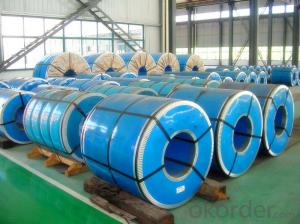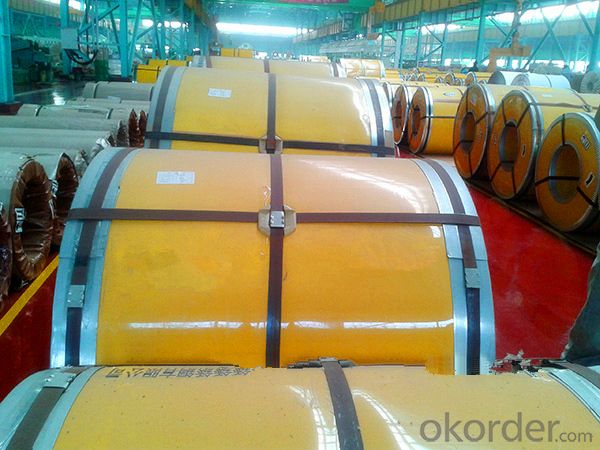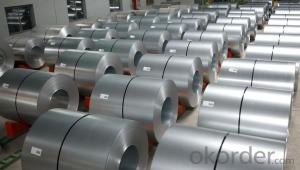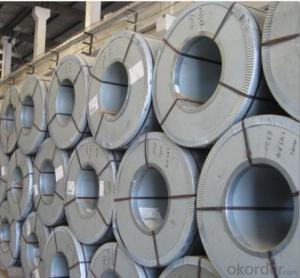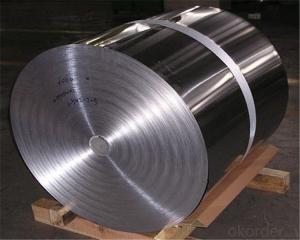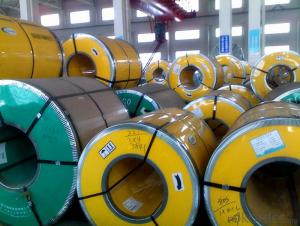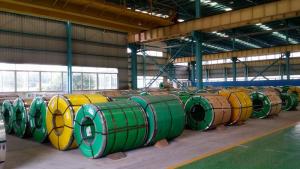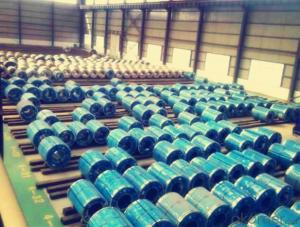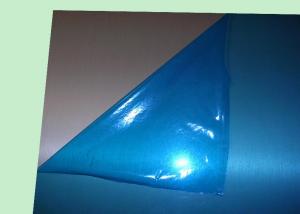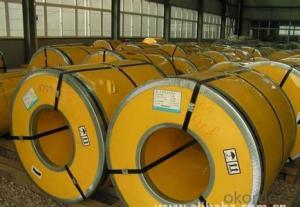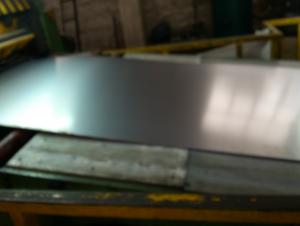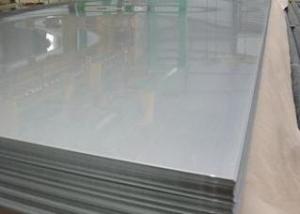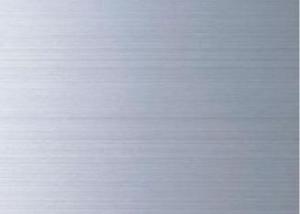Stainless Steel Coil 304 Cold Rolled Surface 2B with High Quality
- Loading Port:
- Guangzhou
- Payment Terms:
- TT OR LC
- Min Order Qty:
- 100 m.t.
- Supply Capability:
- 20000 m.t./month
OKorder Service Pledge
OKorder Financial Service
You Might Also Like
1.Structure of Stainless Steel Coil Cold Rolled 304 With Good Quality
Cold Rolled stainless steel Coil with good quality is one of the raw material of the cold rolled stainless steel Coil,
which can be used directly in many places. Stainless Steel (Stainless Steel) is short for acid proof Stainless Steel, resistant to weak corrosive medium such as air, steam, water, or with a Stainless Steel grade.
2.Main Features of Prefabricated Steel Structure High Building Project
Corrosion resistance The vast majority of stainless steel products for corrosion resistant performance is good, like a, 2 kinds of tableware,
kitchen utensils and appliances, water heaters, water dispensers, etc., some foreign businessmen on corrosion resistance of products
also do experiment: in NACL aqueous solution heated to boiling, after a period of time the best solution, wash and drying, weight loss,
to determine the degree of corrosion (note: the product polishing, because of the sand cloth or sandpaper containing Fe, will cause the
test surface rust spots)
3. Stainless Steel Coil Cold Rolled 304 With Good Quality Images
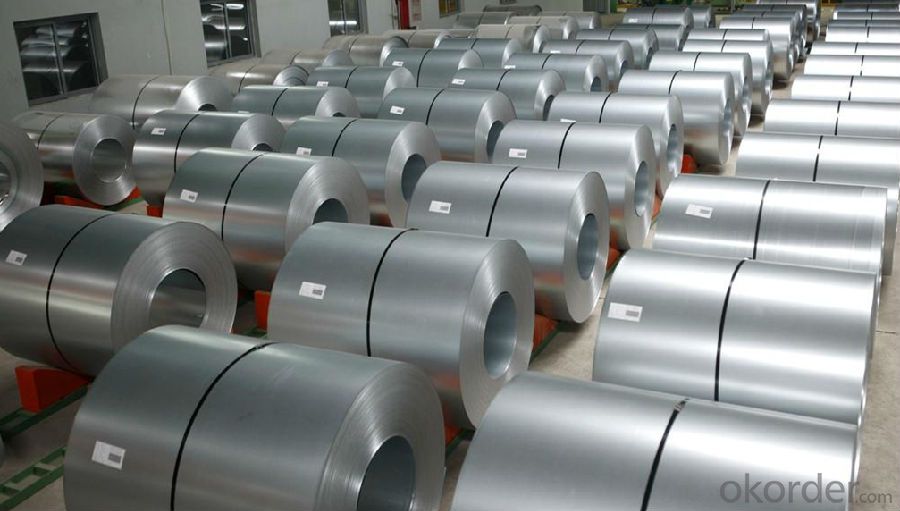
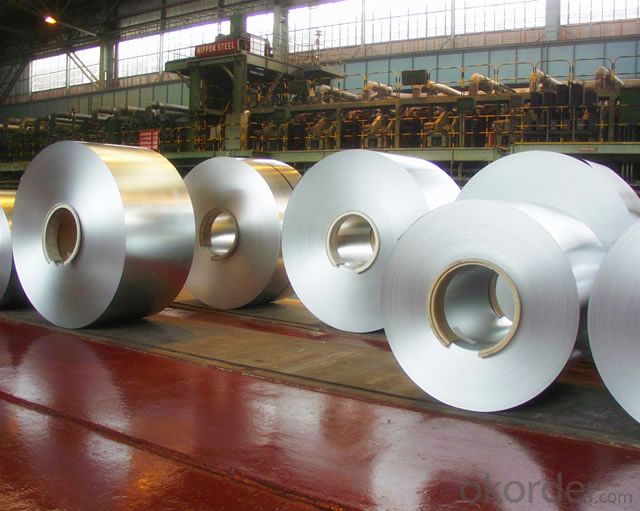
4. Stainless Steel Coil Cold Rolled 304 With Good Quality Specification
The word "stainless steel" is not merely refers to a pure stainless steel, but said more than one hundred kinds of stainless steel
industry, the development of each stainless steel has good performance in their specific applications. The key to the success of
the first is to make clear purpose, and then determine the correct material. Related to architectural construction applications usually
only six types of steel. They contain 17 ~ 22% chromium, good steel contains nickel. Add molybdenum can further improve the
atmospheric corrosion resistance, especially containing chloride atmospheric corrosion resistance. Stainless steel often according
to the state of organization can be divided into: martensite steel, ferritic steel, austenitic steel, austenitic (twophase) - ferrite stainless
steel and precipitation hardening stainless steel, etc. In addition, according to ingredients can be divided into: chromium stainless
steel, chromium nickel stainless steel and chromium manganese nitrogen stainless steel, etc.
5. Applications of Stainless Steel Coil 304 With Good Quality
1. Kitchenware: tableware, cookware, Stoves…
2. Food packing: storage cans, food containers…
3. Construction: bridge, roofing, wall, decoration, bathroom accessories…
4. Precision instruments: electrical products, aerospace…
5. Others: automotive parts, machine building, chemical processing, farming…
6.FAQ of Stainless Steel Coil 304 With Good Quality
We have organized several common questions for our clients,may help you sincerely:
①How about your company?
A world class manufacturer & supplier of castings forging in carbon steel and alloy steel,is one of the large-scale professional investment casting production bases in China,consisting of both casting foundry forging and machining factory.
Annually more than 8000 tons Precision casting and forging parts are exported to markets in Europe,America and Japan. OEM
casting and forging service available according to customer’s requirements.
②How to guarantee the quality of the products?
We have established the international advanced quality management system,every link from raw material to final product we have strict
quality test;We resolutely put an end to unqualified products flowing into the market. At the same time, we will provide necessary
follow-up service assurance.
③How is the packaging and delivery?
Standard export packing (Coil: waterproof paper + protective steel ring; Circle: wooden box), or as your requirement and the delivery term
is based on the project.
④How long can we receive the product after purchase?
In the purchase of product within 20 working days, We will arrange the factory delivery as soon as possible. The specific time of receiving
is related to the state and position of customers. Commonly 20 to 40 working days can be served.
- Q: What are the differences between hot-rolled and cold-rolled 111 stainless steel strips?
- Hot-rolled and cold-rolled 111 stainless steel strips differ primarily in the manufacturing process and resulting characteristics. Hot-rolled strips are formed at high temperatures, making them more malleable and less brittle. They have a rougher surface finish and may exhibit a scaled appearance. On the other hand, cold-rolled strips are processed at room temperature, resulting in a smoother finish with tighter tolerances. They are generally stronger and have improved dimensional accuracy. Overall, the choice between hot-rolled and cold-rolled 111 stainless steel strips depends on specific application requirements.
- Q: What are the different cutting methods for stainless steel strips?
- There are several cutting methods for stainless steel strips, including shearing, laser cutting, waterjet cutting, and abrasive cutting. Each method has its own advantages and limitations, depending on factors such as the thickness of the strip, desired precision, and production volume.
- Q: How do you store stainless steel strips?
- To ensure the proper storage of stainless steel strips and maintain their quality, it is crucial to take specific precautions. Here are some recommended steps to consider: 1. Thoroughly clean and dry the stainless steel strips before storing them to eliminate any dirt, dust, or moisture. This step will prevent corrosion or staining during the storage period. 2. Protect the strips from moisture by storing them in a dry and well-ventilated area. Avoid placing them near water sources or in high humidity environments because stainless steel is prone to rust. 3. Prevent potential galvanic corrosion by avoiding direct contact between stainless steel strips and other metals, especially those that are less noble or susceptible to corrosion. If stacking the strips, use separators or protective layers made of plastic or non-reactive materials to avoid direct metal-to-metal contact. 4. Consider using appropriate packaging materials such as plastic wrap, paper, or specially designed corrosion-resistant packaging to provide additional protection. This will help prevent scratches, corrosion, or other damages during storage or transportation. 5. Properly organize and label the stainless steel strips to facilitate easy identification and retrieval when needed. This will minimize unnecessary handling and potential damage caused by searching or mishandling. 6. Whenever possible, store the strips in a temperature-controlled environment to extend their lifespan. Extreme temperature variations can cause expansion and contraction, leading to stress and potential deformation. By adhering to these guidelines, you can ensure that your stainless steel strips remain in excellent condition, ready for use whenever required.
- Q: Are stainless steel strips resistant to hydrochloric acid?
- Yes, stainless steel strips are generally resistant to hydrochloric acid. This is because stainless steel is known for its corrosion resistance and ability to withstand chemical attack. However, the level of resistance can vary depending on the grade of stainless steel used. Higher grades of stainless steel, such as 316 or 317, have a higher resistance to hydrochloric acid compared to lower grades like 304 or 430. It is important to note that prolonged exposure or contact with concentrated hydrochloric acid can still cause some corrosion or pitting in stainless steel, but it is generally considered to be one of the most resistant metals to this acid.
- Q: Can stainless steel strips be used in the pharmaceutical industry?
- Indeed, the pharmaceutical industry can make use of stainless steel strips. Owing to its remarkable resistance to corrosion, as well as its hygienic and durable properties, stainless steel is a highly favored material in pharmaceutical manufacturing. It is frequently employed in pharmaceutical equipment and machinery, encompassing tanks, mixers, conveyors, and packaging machines. Furthermore, stainless steel strips are utilized in the construction of cleanrooms and laboratory furniture due to their convenient cleanability and ability to withstand intense cleaning agents. Moreover, these strips meet the strict regulatory standards of the pharmaceutical industry, guaranteeing the secure production of drugs and pharmaceutical products.
- Q: What is the corrosion resistance of stainless steel strips in acidic environments?
- Stainless steel strips exhibit excellent corrosion resistance in acidic environments. The high levels of chromium present in stainless steel form a protective oxide layer on the surface, which acts as a barrier against corrosion. This oxide layer prevents the metal from coming into direct contact with the acidic environment, thereby reducing the risk of corrosion. Additionally, stainless steel is known for its resistance to pitting and crevice corrosion, which are common types of corrosion that can occur in acidic environments. Overall, stainless steel strips are highly resistant to corrosion in acidic environments, making them a suitable choice for various applications in industries such as chemical processing, food processing, and pharmaceuticals, where exposure to acidic substances is common.
- Q: Can stainless steel strips be used for jewelry making?
- Jewelry making can indeed utilize stainless steel strips. This durable and versatile material is commonly employed in the production of jewelry due to its admirable qualities. By cutting stainless steel strips into various shapes and sizes, one can fashion different components such as pendants, charms, earrings, and bracelets. Furthermore, stainless steel is renowned for its ability to resist tarnish, corrosion, and discoloration, making it an excellent choice for jewelry meant for everyday wear. In addition, it is hypoallergenic, rendering it suitable for those with sensitive skin or allergies. Ultimately, stainless steel strips offer reliability and cost-effectiveness to jewelry makers, enabling the creation of a wide range of stylish and long-lasting pieces.
- Q: What are the different types of stainless steel strip finishes?
- There are several different types of stainless steel strip finishes, each offering unique characteristics and appearances. Some of the most common finishes include: 1. No. 1 Finish: This is the most basic and widely used stainless steel strip finish. It is achieved by hot rolling the steel and leaving a dull, rough surface texture. No. 1 finish is often used for industrial applications where appearance is not a significant factor. 2. No. 2D Finish: Also known as a "dull" or "satin" finish, this type of finish is achieved by cold rolling the stainless steel strip and then annealing it in a controlled atmosphere. The result is a smooth, matte finish with a low reflectivity. 3. No. 2B Finish: This finish is similar to No. 2D, but with a slightly brighter and smoother surface. It is achieved by further cold rolling the strip and then annealing it again. No. 2B finish is commonly used in decorative applications and can be easily cleaned. 4. No. 3 Finish: This finish has a semi-polished appearance and is achieved by mechanically polishing the stainless steel strip. It is often used in architectural and decorative applications where a polished but not mirror-like surface is desired. 5. No. 4 Finish: This is a popular finish for stainless steel strip used in kitchen appliances and other decorative applications. It is achieved by polishing the strip with abrasive belts or brushes, resulting in a brushed appearance with a consistent grain pattern. 6. No. 8 Finish: Also known as a "mirror" finish, this is the shiniest and most reflective stainless steel strip finish. It is achieved by repeatedly polishing the strip with progressively finer abrasives until a highly reflective surface is obtained. No. 8 finish is often used in decorative and high-end applications.
- Q: The difference between stainless steel and cold rolled steel strip
- It: cold rolled steel strength is very high, but the toughness and weldability is poor, hard, crisp, bright surface
- Q: What are the common surface treatments for stainless steel strips?
- Stainless steel strips can be treated in various ways to improve their appearance, durability, and resistance to corrosion. The following treatments are commonly used: Firstly, passivation involves chemically removing iron from the surface of stainless steel. This treatment creates a protective oxide layer, enhancing corrosion resistance. Secondly, pickling is a chemical process that eliminates impurities, scale, and oxides from the surface, resulting in a clean and uniform finish. Thirdly, electropolishing is an electrochemical method that removes a thin layer of material to enhance the smoothness and shine of stainless steel. It also reduces the risk of contamination and improves corrosion resistance. Furthermore, brushing is a mechanical treatment that uses abrasive brushes to create a textured or satin finish, helping to hide scratches and provide a decorative appearance. Additionally, grinding is another mechanical treatment that uses abrasive wheels to remove imperfections and create a smooth, polished finish. Lastly, coating stainless steel strips with protective films or paints can offer an extra layer of defense against corrosion, scratches, and other damages. These coatings can be clear or colored, depending on the desired aesthetic. Choosing the appropriate surface treatment is crucial, considering the desired outcome and specific requirements of the application. Each treatment has unique advantages and significantly enhances the performance and aesthetics of stainless steel strips.
Send your message to us
Stainless Steel Coil 304 Cold Rolled Surface 2B with High Quality
- Loading Port:
- Guangzhou
- Payment Terms:
- TT OR LC
- Min Order Qty:
- 100 m.t.
- Supply Capability:
- 20000 m.t./month
OKorder Service Pledge
OKorder Financial Service
Similar products
Hot products
Hot Searches
Related keywords
